The world of interior and exterior design is perpetually captivated by the charm of the past. The allure of aged surfaces, time-worn patterns, and historical character remains a powerful trend. However, sourcing authentic antique materials often presents significant challenges, including scarcity, exorbitant cost, immense weight, and impractical maintenance. Enter a modern solution that masterfully bridges the gap between old-world aesthetics and contemporary performance: Polymer Antique Tile. This innovative product category has rapidly gained traction among architects, designers, wholesalers, and homeowners by offering a compelling combination of benefits that traditional materials struggle to match.
Understanding the Composition: What is Polymer Antique Tile?
At its core, polymer antique tile is a manufactured product designed to replicate the visual and textural qualities of historical flooring and wall cladding materials, such as encaustic cement tiles, weathered stone, and vintage ceramics. The key differentiator lies in its composition. Unlike traditional clay ceramics or natural stone, which are fired in kilns or quarried, these tiles are typically crafted from a composite blend of polymer resins, natural fillers, and pigments. This mixture is molded under high pressure and sometimes heat, resulting in a solid, homogeneous product.
The manufacturing process is what grants polymer antique tile its distinctive advantages. The use of polymers allows for incredible precision in replicating intricate patterns and color variations that mimic decades of patina. The process also ensures consistency from batch to batch, a notable challenge with truly antique materials. For wholesalers and contractors, this consistency is a critical factor in project planning and execution, ensuring that future orders will match initial installations without the fear of vein or color shift common in natural products. This reliability makes it an excellent durable flooring option for large-scale projects.
The First Threat: The Significant Advantage of Being Lightweight
One of the most immediate and practical benefits of polymer antique tile is its remarkably low weight. This characteristic has profound implications for logistics, installation, and the scope of application.
Logistical and Handling Efficiency: For wholesalers and distributors, the lightweight nature of this product translates directly to reduced shipping costs. Pallet loads weigh a fraction of equivalent ceramic, cement, or stone tiles, allowing for larger shipments and lower freight expenses. This efficiency also extends to handling within the warehouse and on the job site. Workers can move and maneuver these tiles with far greater ease, reducing the risk of injury and speeding up material preparation.
Expanded Application Possibilities: The low weight is a game-changer for installation, particularly in settings where structural load is a concern. Traditional stone or cement tile can be prohibitively heavy for upper-story floors, over joists, or in retrofitting projects on existing structures. Polymer antique tile eliminates this concern, making the antique look achievable in high-rise apartments, lofts, and second-story additions without requiring expensive structural reinforcement. This opens up vast new markets for wholesalers to target. Furthermore, its suitability for wall applications is enhanced, as the tiles are easier to fix securely without the risk of sagging or detachment over time.
The following table illustrates a typical weight comparison, highlighting the practical advantage:
| Tile Material (approx. 10mm thickness) | Weight per Square Meter | Key Considerations |
|---|---|---|
| Polymer Antique Tile | 5-7 kg | Easy handling, suitable for upper floors and walls. |
| Ceramic / Porcelain Tile | 12-18 kg | Standard weight, requires careful structural assessment. |
| Cement Tile | 16-20 kg | Very heavy, often requires additional support. |
| Natural Stone Tile (e.g., Slate) | 20-30 kg+ | Extremely heavy, almost always requires structural review. |
The Second Threat: Unmatched Durability and Performance
While lightness is a valuable asset, it would be meaningless without commensurate strength. Polymer antique tile is engineered for resilience, offering a level of durability that often surpasses that of the materials it emulates.
Resistance to Wear and Impact: The polymer composite structure creates a tile that is tough and resistant to chipping and cracking under impact. This makes it an ideal choice for high-traffic areas such as hallways, kitchens, commercial retail spaces, and restaurants. Unlike fragile vintage tiles, which can be damaged by dropping a heavy utensil, polymer antique tile can withstand the rigors of daily life. Its surface is also highly resistant to scratching and scuffing, ensuring the antique look remains intact for years without showing premature signs of wear.
Water and Stain Resistance: A critical performance feature is the tile’s low porosity. The dense, non-porous surface prevents water absorption, making it highly resistant to staining from spills like wine, oil, or coffee. This inherent property also makes it naturally mold and mildew resistant, a significant advantage in moisture-prone areas like bathrooms, kitchens, and mudrooms. This easy-to-clean surface requires only simple sweeping and occasional damp mopping, avoiding the specialized sealing and maintenance demanded by cement or natural stone tiles.
Consistency and Safety: The manufacturing process ensures that the color and pattern run throughout the entire thickness of the tile. This means that any minor surface wear over decades will not reveal a different color underneath, preserving the aesthetic seamlessly. Additionally, many variants of polymer antique tile are offered with textured or matte finishes that provide inherent slip resistance, enhancing safety in both residential and commercial settings without compromising on the visual appeal. This combination of traits solidifies its position as a premier durable flooring solution.
The Third Threat: Authentic Beauty and Design Versatility
The ultimate success of any aesthetic product lies in its ability to deliver on its visual promise. Polymer antique tile excels in this domain, offering an astonishingly authentic replication of historic charm without the associated drawbacks.
Achieving the Antique Aesthetic: Through advanced manufacturing techniques like detailed molding and precise pigment layering, these tiles capture the essence of time-honored designs. They can replicate the subtle color variations, slight surface irregularities, and deep, rich patina of centuries-old Moroccan tile patterns, the geometric boldness of traditional encaustic cement, or the soft, worn appeal of vintage European stone. For designers and homeowners seeking a specific historical aesthetic, polymer antique tile provides a credible and effective means to achieve it.
A Vast Palette of Options: The design flexibility is immense. The market offers a vast array of patterns, from intricate geometric patterns and medallion motifs to simpler, rustic designs. The color palette is equally extensive, ranging from earthy terracottas and ochres to sophisticated greys, blues, and greens. This versatility allows the tile to adapt to numerous design styles, including Bohemian style, farmhouse chic, industrial loft, and coastal decor. It can serve as a bold statement floor, a elegant backsplash idea, or a subtle wall accent, providing endless possibilities for creative expression.
Ease of Integration: This design versatility ensures that polymer antique tile is not a niche product but a flexible design element that can be integrated into both traditional and modern interiors. It provides a warm, textured contrast to minimalist designs and complements eclectic, pattern-rich spaces perfectly. For wholesalers, carrying a diverse range of these designs means catering to a broader client base, from those looking for a single statement piece to contractors sourcing materials for an entire hotel or multi-unit development.
Applications and Considerations for Use
The combination of its three core attributes makes polymer antique tile suitable for a remarkably wide spectrum of applications.
Ideal Use Cases: Its durability and water resistance make it a superb choice for residential kitchen floors and bathroom walls. Its lightweight property allows for feature walls in living areas and bedrooms. Commercially, it is an excellent option for boutique hotels, café floors, restaurant patios, and retail stores where creating a unique, inviting atmosphere is key. Its resilience makes it suitable for both indoor and outdoor use in many product lines, though specifications should always be checked for specific outdoor grades.
Installation and Maintenance: Installation is typically straightforward. The tiles can be cut with standard tools and are installed using appropriate adhesives. The consistent sizing and shape facilitate a uniform grout line. Maintenance is exceptionally simple, requiring no sealing or special treatments. Regular sweeping and cleaning with a pH-neutral cleaner are all that is needed to maintain its appearance, a significant selling point for end-users seeking a low-maintenance product.









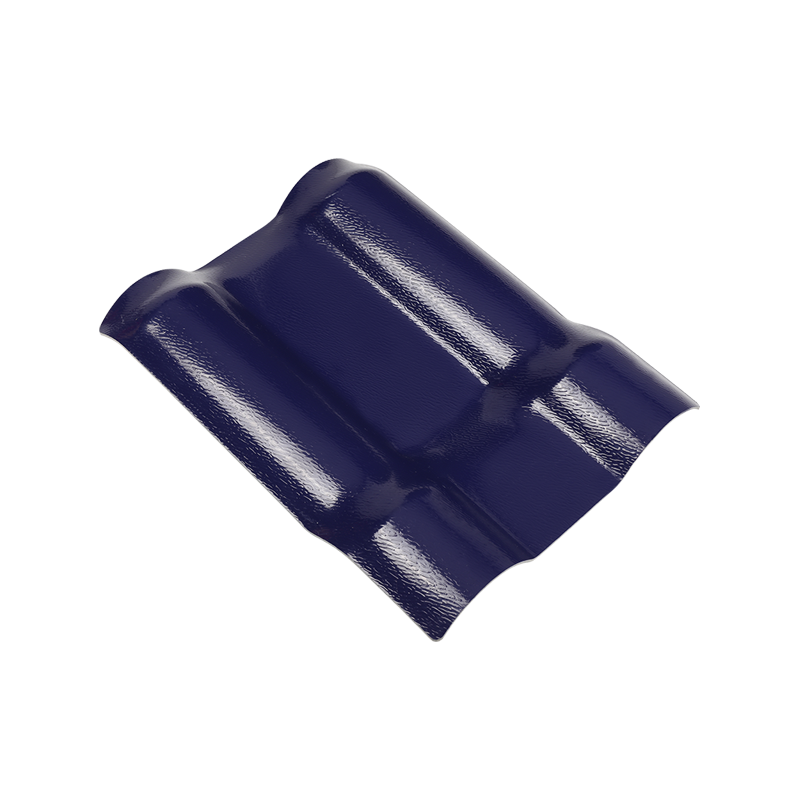
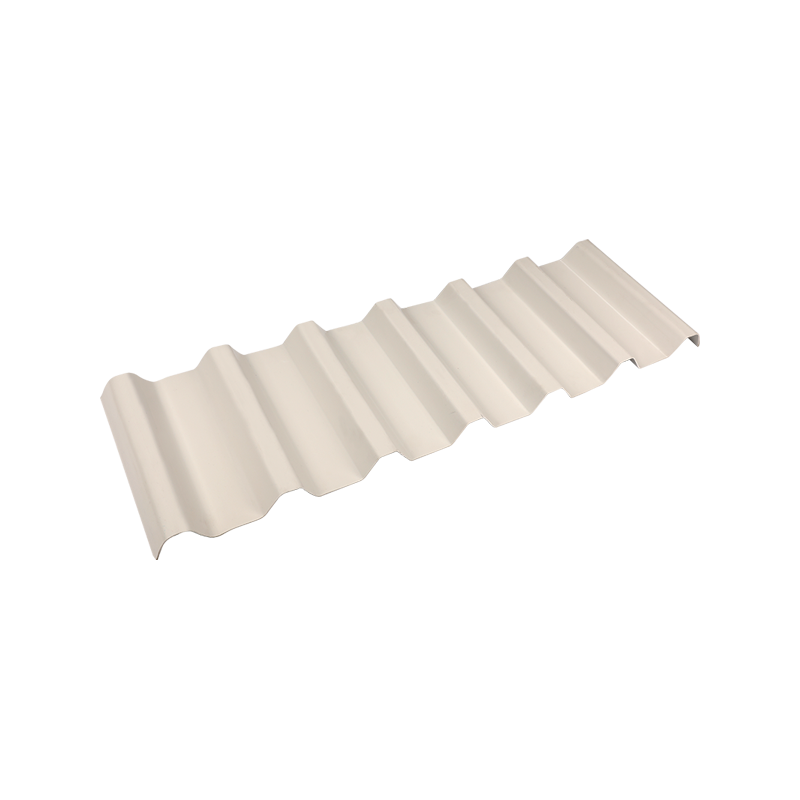
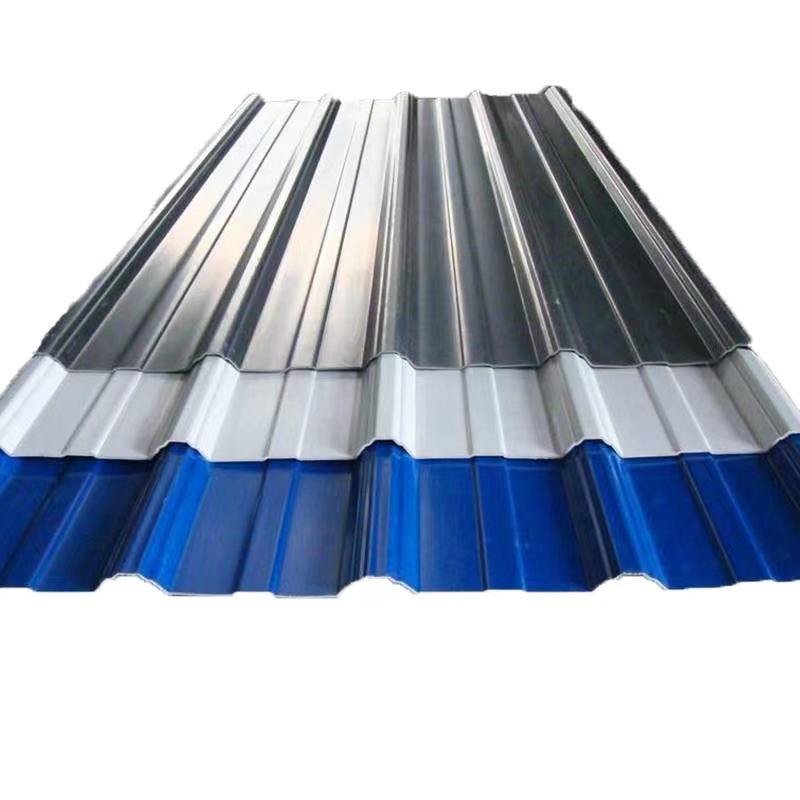
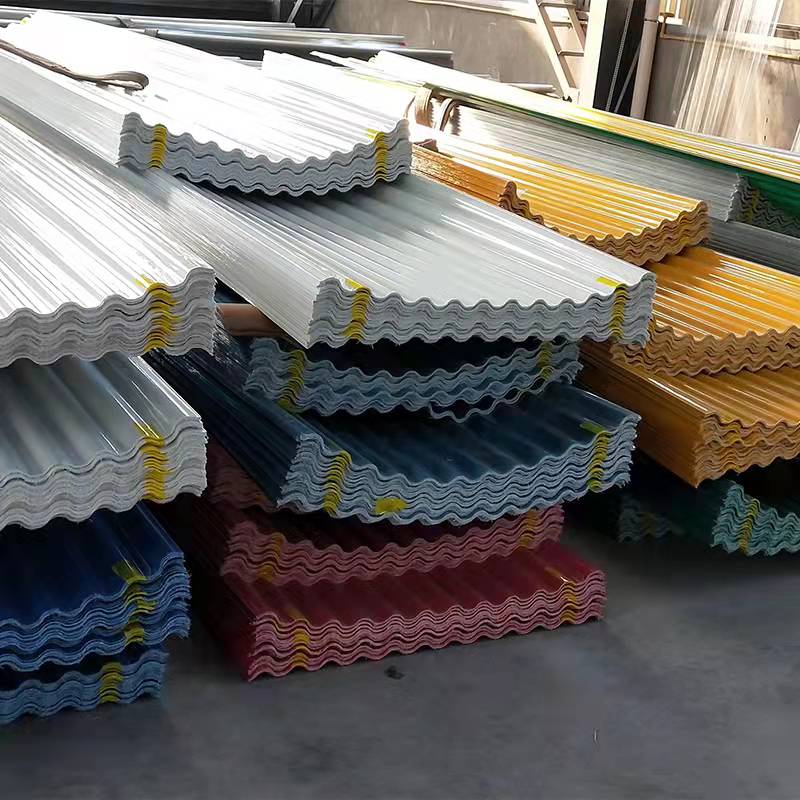


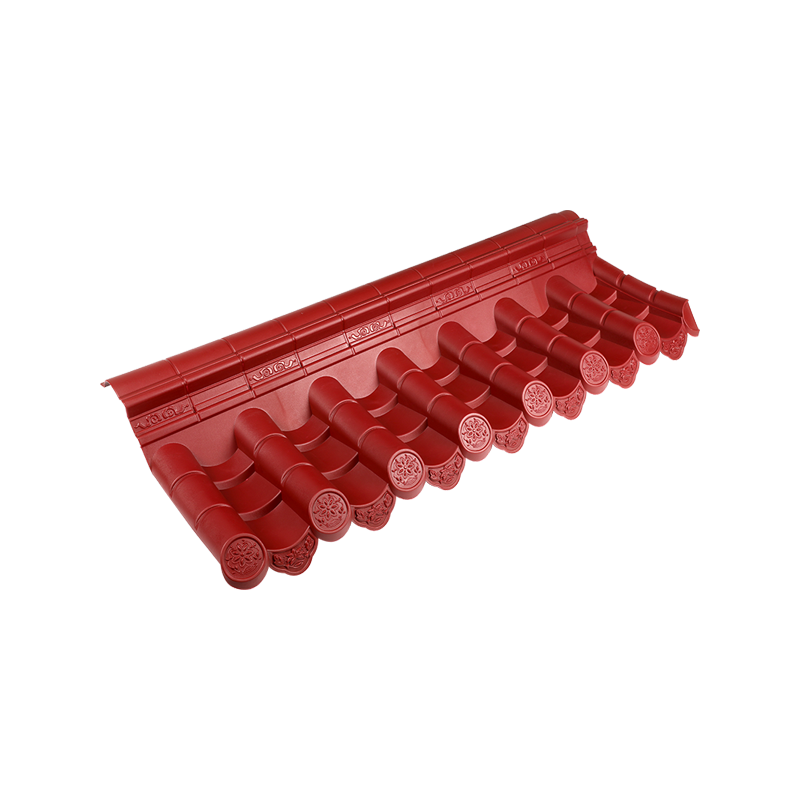


 Email:
Email: Phone:
Phone: Adress:
Adress: